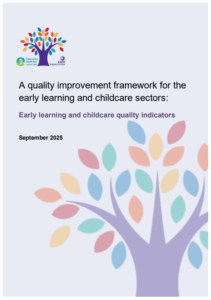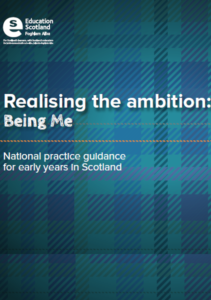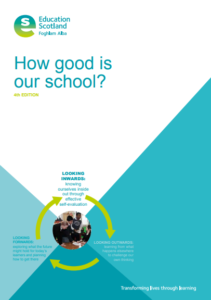Learning teaching and assessment p41 – Planning and assessment
Our planning for children’s learning is both responsive and intentional to ensure an appropriate balance of child-led, adult-initiated and adult-directed experiences.
We are highly skilled in observing and documenting children’s significant learning and achievements. Together this robust assessment information provides reliable evidence about children. We use this to form a holistic picture of the child and make accurate judgements about children’s progress and future learning.
Playing learning and developing p29 – Child centred planning and assessment
We use observations of individual children’s patterns of play to plan, support, challenge and extend their learning. This enables children to make progress at their own pace.
Experiences reflect children’s ideas, aspirations, curiosities and meaningful next steps in their learning.
Playing learning and developing p28 – Quality of interactions
Responsive and caring interactions support the development of communication, language, movement and social development through effective modelling of these skills. We support children through approaches such as sustained shared thinking, wondering aloud and balancing comments with developmentally appropriate questions to extend and expand their thinking.




